Top 10 Best Textile Companies In India In 2023

India is one of the largest producers of textile and apparel in the whole world. Consumers across the world import textiles from India due to high quality fabrics and affordable prices.
- According to a study, the Indian textile industry is valued at $223 billion by 2021.
- The textile industry is the largest producer of cotton and jute, the second largest in silk, and 95% of the hand-woven fabrics globally are from India.
- The textile industry is the second largest employment provider in India after the agricultural industry.
If we talk in comparison, after agriculture, textile business in India provides jobs, money and employment to a large number of people. The best thing about this industry is that it is a self-sufficient industry from the very beginning, whether it is manufacturing raw material or selling it by increasing the decoration of that goods, this industry strengthens and empowers the economy of India at every level.
It is also an important fact that all the famous houses of India like Tata, Birla and Ambani business started and flourished from this textile industry.
What is the Textile Industry?
If we put in simple words, the direct meaning of textile is “woven fabric”.
The textile industry is an industry that includes large segments such as research, design, development, manufacturing and distribution of textiles, clothing and clothing. India’s textile sector is one of the oldest industries in the Indian economy, dating back several centuries.
The textile industry’s close ties to agriculture (for raw materials such as cotton) and the country’s ancient culture and traditions in terms of textiles have made it unique in comparison to other industries in the country. India’s textile industry has the potential to produce a wide variety of products suitable for different market segments within India and across the globe.
History of Textile Industry in India

- One of the major producers of clothing and textiles worldwide is India.
- The domestic apparel and textile industry in India contributes 5% to GDP, 7% to industrial production in value terms, and 12% to export earnings. India is the sixth-largest exporter of clothing and textiles in the world.
- Cotton and jute are two materials that India produces in large quantities. 95% of all hand-woven fabric is produced in India, the second-largest producer of silk in the world. The technical textiles industry in India is worth around $16 billion, or 6% of the worldwide market.
- The second-largest employer in India is the textile and garment sector, which directly employs 45 million people and indirectly supports another 100 million jobs.
- India has surpassed China to become the second-largest producer of personal protective equipment worldwide (PPE). By 2025, the worldwide market for personal protective equipment will be valued more than $92.5 billion, up from $52.7 billion in 2019, and more than 600 Indian firms will be capable of producing it.
- Through March 2021, FDI in India’s textile and apparel sector totalled $3.75 billion.
- With a CAGR of 11%, India’s exports of textiles and apparel are expected to surpass $100 billion in the following five years.
- By 2025–2026, seven significant textile parks are expected to increase India’s textile and apparel market by four times, reaching $190 billion.
- The Indian technical textiles market has expanded at a CAGR of 10% since 2015–16 and is predicted to reach $20 billion in 2019–20.
- The domestic technical textile market for wovens is anticipated to grow at a CAGR of 7.4% to $15.7 billion by 2027, up from $9.5 billion in 2020. The domestic technical textile market for synthetic polymers, which was valued at $7.1 billion in 2020, is anticipated to grow at a CAGR of 7.2 percent to $11.6 billion by 2027, up from $9.5 billion in 2020.
Structure and Development of Indian Textile Industry
The textile industry of India is one of the largest industries in the economy. In 2000/01, the textile and apparel industries accounted for about 4 percent of GDP, 14 percent of industrial output, 18 percent of industrial employment, and 27 percent (Hashim) of export earnings.
India’s textile industry is also important in the global context, second only to China in the production of both cotton yarn and fabric, and India stands fifth in the production of synthetic fibres and yarns.
Unlike other major textile producing countries, India’s textile sector is characterised by mostly small-scale, non-integrated spinning, weaving, textile finishing and apparel businesses, many of which use hitherto age-old techniques.
Some, mostly large, firms operate in the “organised” sector, where firms must comply with several government labor and tax regulations. However, most firms operate in the small-scale “unorganised” sector, where regulations are less stringent and are more easily stolen.
The unique structure of the Indian textile industry is due to a legacy of tax, labor and other regulatory policies that have always favoured small-scale, labor-intensive enterprises while discriminating against larger-scale, more capital-intensive operations.
The structure is also due to historical regulations to meet the needs of India’s predominantly low-income domestic consumers rather than the world market. Policy reforms, which began initially in the 1980s and continued to the 1990s, have yielded significant gains in technical efficiency and international competitiveness, particularly in the spinning sector.
However, there remains wide scope for additional reforms that can enhance the efficiency and competitiveness of India’s weaving, textile finishing and apparel sectors.
Departments of Textile Industry
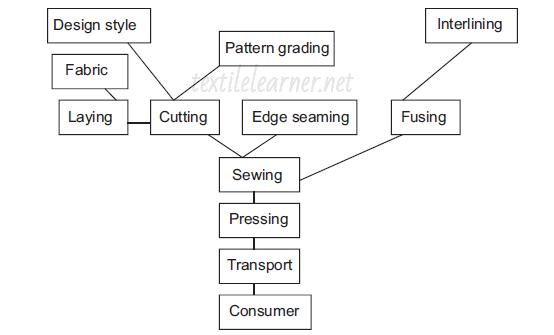
1. Spinning
The process of turning synthetic or natural fibres into yarn is called spinning. Simplex, ring frame, blow room, drawing, carding, combing, and simplex are only a few of the processes used in spinning. In the spinning process, the blow room is where it all begins. The cotton bale is opened, washed, blended, or mixed into a uniform lap of a particular length. Following is carding. The “heart” of spinning is frequently referred to as carding. The third stage is the drawing. In this stage, slivers are combined, multiplied, levelled, and drafted. The following stage is combing. It is a technique for cleaning, parallelising, and cleaning short fibres and impurities out of fibres.
The next step is straightforward. With this method, slivers are trimmed and given a small twist. The roving is then created from the slivers. The last phase is the ring frame. Before being pulled out to yarn, the roving passes through many sets of high-speed rollers after being wrapped onto bobbins and put in the ring frame.
2. Manufacturing Fabrics
Different processes are used to make fabrics. The most well-known among these are weaving and knitting. Weaving is the most popular method of producing cloth. The method was probably long known before spinning. It’s possible that early humans learned how to make clothes by studying the grasses and twigs found in bird nests. The discovery that raw materials may be improved before being woven gave rise to spinning. Over time, rudimentary, manually operated, basic looms were developed. In recent years, a variety of sophisticated looms have been developed, however they all fundamentally serve the same purpose as a conventional hand-operated loom.
The weaving division includes looming, warping, sizing, and winding. The second most common method of making cloth is knitting. Due to the increased variety of methods, the adaptability of many new synthetic fibres, and the growing popularity of knitting in recent years. Today, hosiery, underwear, sweaters, slacks, suits, and jackets are all made of knitted materials.
3. Wet Processing
The wet processing division includes operations for desizing, scouring, bleaching, washing, mercerising, dyeing, and other procedures. Desizing is the removal of sizing components. Alkali is used during scouring to get rid of lipids, oil, and wax. To change the fibres’ natural colour, bleach is used. The textile material is cleaned by washing, made brighter by mercerising, then monochromatically coloured by dying. The wet processing section makes use of devices like the Kier boiler, J-box, Jet, Jigger, Pad mangle, Winch dyeing machine, among others.
4. Manufacturing of Garments
The term “clothes manufacturing technology” describes the processes and methods used to produce clothing in large quantities on a commercial scale in an industrial context. Weaved garment factories, knit garment factories, and sweater garment factories all produce clothing. Woven materials are used to create clothing in the woven clothes industry. A knit garments factory produces clothing using knitting materials.
Although a sizable portion of this industry is engaged in the production of clothing, several other businesses create and market new designs. Sheets, blankets, pillows, and towels are produced by a number of textile businesses. The import and export of materials and clothing are also part of the textile industry. Additionally, buyers for apparel manufacturers and designers regularly travel abroad in quest of the ideal fabric for their ideas. Materials produced locally vary from one nation to the next.
Today’s Scenario
Now let’s talk about today. How big is the textile market in India in the present time? Where do we stand in the world and how can we make ourselves even stronger and firm in this field?
In 2018, the domestic textiles and apparel industry was worth $140 Bn, of which $100 Bn was consumed only in India and the remaining $40 Bn was exported worldwide.
Today this industry contributes a total of 2.3% of the total GDP of India. The textile industry does only 13% of the industrial production in our country and it also accounts for 12% of India’s total exports.
And it is not that the textile and apparel industry is getting stagnate, otherwise it is moving ahead even more strongly.
Its CAGR (compound annual growth rate) is expected to be 28% from 2019 to 2021. While if we talk about the global textile market size, it is estimated to reach 1.23 trillion USD by 2025 with a CAGR of 4.24%.
At the same time, by 2024-25, the value of our textile exports will reach 300 Bn $.
And in the world market share we will increase from 5% share to 15% share.
So now that we have got enough knowledge about the Textile Industry, let’s further know about the Top 10 Best Textile Companies in India –
1. Arvind Ltd.

Arvind Limited, the flagship company of the Lalbhai Group, is a garment manufacturer. It is headquartered in Naroda, Gujarat, India, and has units in Santej, Gujarat (near Kalol). Cotton shirting, denim, knit and bottom weight (khaki) fabrics are all produced by the company. In 2011, it launched an advanced materials division specialising in technical textiles. It is India’s largest denim manufacturer.
The current Chairman and Managing Director of Arvind and Lalbhai Group is Sanjaybhai Lalbhai. In the early 1980s, he headed Renault-Vision, a business that introduced denim to the Indian market, ushering in the Indian jeans revolution. Through its statewide retail network, it sells its own brands such as Flying Machine, Newport, and Excalibur and licensed foreign names such as Arrow, Tommy Hilfiger, and Calvin Klein.
Arvind has Arvind Stores, Unlimited and Megamart, which sells the company’s branded apparel and accessories.
2. Vardhman Textiles Ltd.
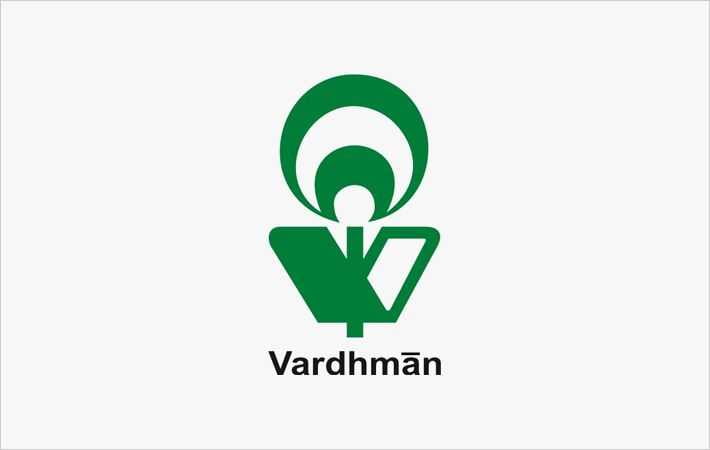
Vardhman Textiles Limited is a full service textile company. The company manufactures cotton yarn, synthetic yarn, woven fabric, sewing thread, acrylic fibre, tow and clothing. The company’s two segments are textile and fibre. The company manufactures and exports patterned fabric and cotton yarn.
The company’s products include organic cotton, melange, core-spun yarn, ultra yarn, gauged mercerised, super fine yarn, slub and cellulose yarn, and fancy hand knitting yarn. The company employs more than 1.1 million spindles and has a total weight About 580 Metric Tonnes (MT). The company’s manufacturing plants are located in Punjab, Himachal Pradesh and Madhya Pradesh. The company offers its products worldwide, including the European Union, the United States and Asia.
3. Raymond Ltd.
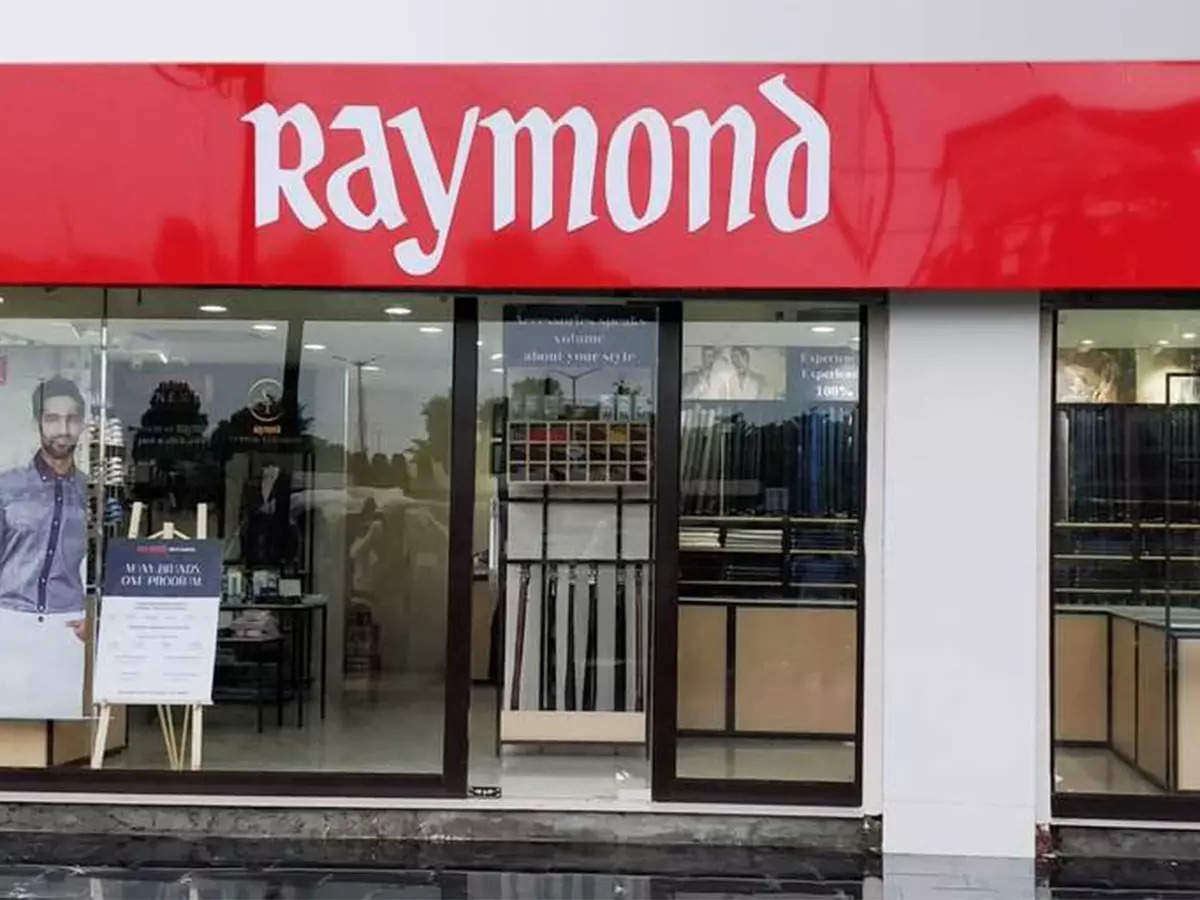
In Mumbai, Maharashtra, Raymond Limited is one of the world’s largest integrated textile manufacturer. In India, it controls over 60% of the suiting market. It is also the largest manufacturer of woollen garments in India. The company’s textile segment has a distribution network of around 4,000 multi-brand outlets and 637 exclusive retail outlets in the domestic market. Suits are available in India through 30,000 stores in over 400 towns, and a full range is present in over 150 cities.
It sells to over 55 countries including the United States, Canada, Europe, Japan and the Middle East. It offers over 20,000 suiting fabric styles and colours, making it one of the largest collections of designs and colours from a single firm. The Brand Trust Report named it India’s most trusted apparel brand in 2015.
4. Bombay Dyeing and Manufacturing Company Ltd.
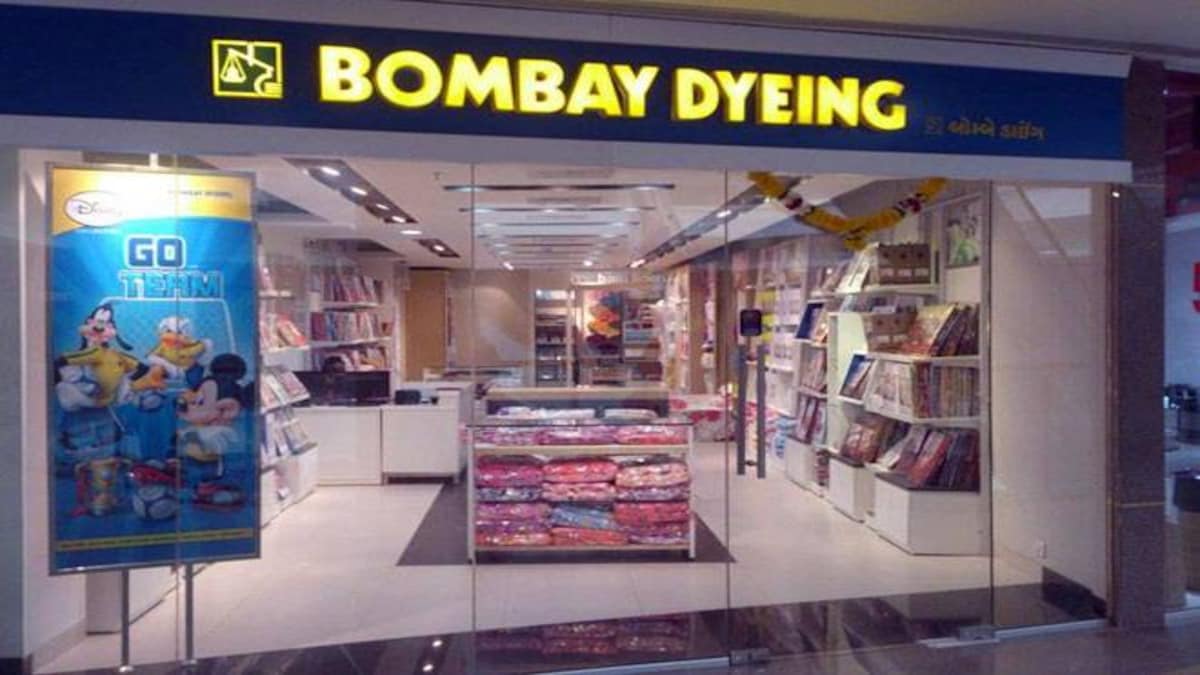
Bombay Dyeing, established in 1879, is the flagship enterprise of the Nusli Wadia Group. It was founded by Naoroji Wadia, who started small scale operations with cotton yarn dyed in three colours. It operates a distribution network of over 600 exclusive locations across the United States. It works in the textile and chemical industries. Bombay Dyeing is the leading textile exporter in the country.
The company manufactures a wide variety of cotton and polyester suitings, shoe linings and duck textiles, satin furnishings, yarn coloured clothing, towels, tabletops and napkins, satin bedding sets and more. Bombay Dyeing’s core business is textile manufacturing, and the company has five facilities that meet international standards. It produces 300,000 meters of cloth per day.
Chemicals Bombay Dyeing is India’s largest producer of Dimethyl Terephthalate (DMT). It has a production capacity of 165000 tonnes per annum (tpa). DMT is a raw material used to make polyester fibres, films, filaments, yarns and technical plastics.
Bombay Dyeing’s ‘Quality Management System’ has been certified by ISO-9002-1994.
It has also achieved ISO-14001-1996, or ‘Environmental Management System’, certification.
It has been awarded BVQI’s ‘SAFETYCERT’ accreditation (OHSMS) for ‘Occupational Health and Safety Management System’.
For its great export success in poly-cotton blended fabrics and made-ups, the company has also received SRTEPC and TEXPROCIL Gold trophies.
5. Fabindia Overseas Pvt. Ltd.
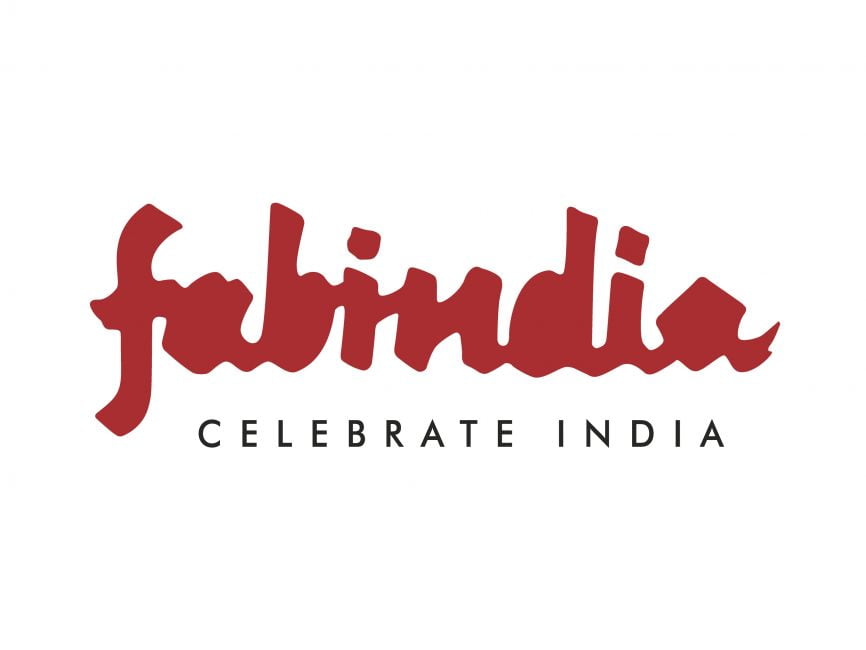
Fabindia is an Indian retail business that sells clothing, furniture, clothing and cultural items manufactured by artisans in rural India. Fabindia started out as an exporter of home goods in 1976 before expanding into domestic retail. It set up its first store in Greater Kailash, New Delhi, which was founded in New York, Delhi by John Bissell, an American working for the Ford Foundation.
John’s son William Nanda is the chairman of the Bissell company. As of July 2020, Fabindia had 327 outlets in India and 14 overseas stores.
Fabindia’s revenue in 2008 was $65 million, a 30 per cent increase over the previous year. Fabindia sources its products from India through 17 community-owned companies, which share a certain percentage of the share of artisans and craftsmen.
Fabindia’s products are primarily sourced from villages, which help in providing and sustaining rural employment in India. More than 40,000 artists and craftsmen make them in India.
6. Grasim Industries Ltd.
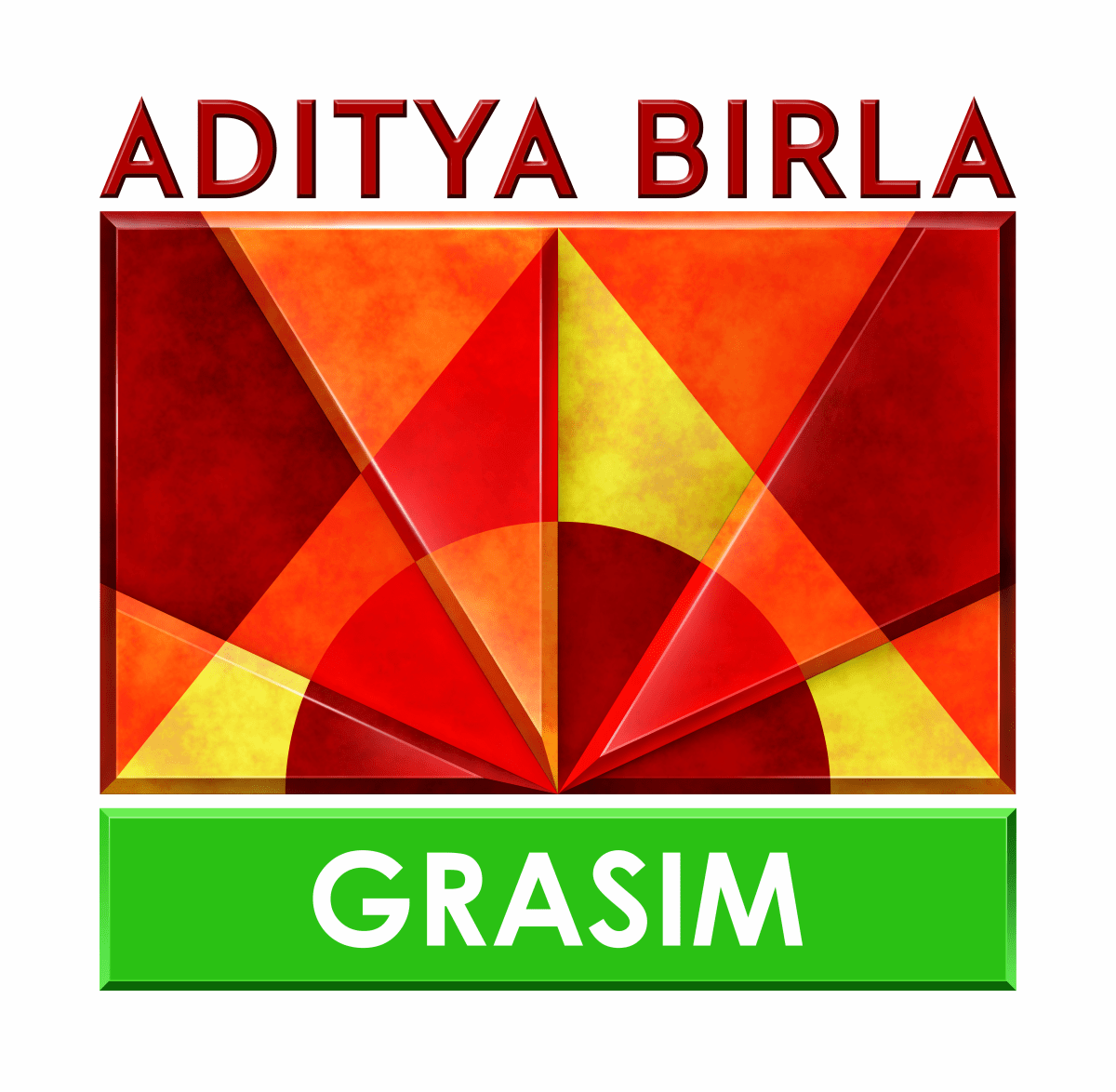
Grasim Industries Limited is the world’s leading manufacturer of viscose rayon fibre. The organisation was established in 1947 and is based in Mumbai, Maharashtra. It makes viscose filament yarn and viscose staple fibre. The largest private sector corporation is part of the Aditya Birla Group. It supplies fabric to fashion houses in the United States and the United Kingdom to manufacture clothing.
Since then, Grasim has expanded into a range of industries including viscose staple fibre (VSF), cement, sponge iron, chemicals, and financial services such as asset management and life insurance. The firm is a subsidiary of Aditya Birla Group.
With a market share of approximately 24%, Grasim is the world’s leading producer of viscose rayon fibre. Textiles and related items account for 15% of the group’s revenue.
7. JCT Ltd.
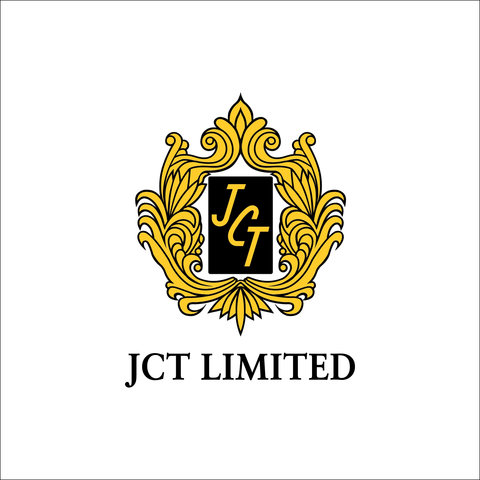
JCT Limited, the flagship company of Thapar Group, is a renowned textile and filament yarn company. JCT Limited is a market driven corporation driven by a good work ethic, values and high performance quality with activities in two different businesses. Due to this culture, the company has earned a reputation as one of the best in the country.
JCT Limited was the first textile company in the country to develop organic cotton fabrics, and its textile business was the first in the region to receive ISO 9001 certification in 1996. The Textiles unit of JCT Limited has grown over five years into one of the leading textile producers in India. decades since its creation in 1946.
The division has made a mark in both domestic and international markets with an integrated textile plant at Phagwara (Punjab), a daily production capacity of 63 million meters per annum and a product line consisting of some of the finest cotton and blended fabrics. It is driven by the goal of being successful in all aspects of the company’s operations, including spinning, weaving, processing and strict quality control at each stage of production.
8. The Lakshmi Mills Company Ltd.
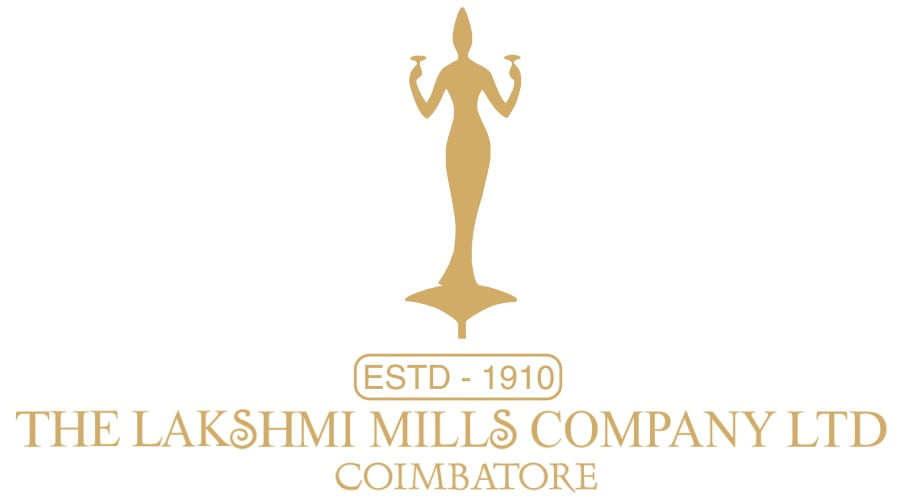
Kuppuswamy Naidu founded the Lakshmi Mills Company in 1910. The headquarter of the company is in Coimbatore, Tamil Nadu. Textile yarn, textile fabric, weaving and spinning are just a few of the items available. Its parent firm is Lakshmi Machine Works.
In Coimbatore, it has two blended textile units: Avinashi Road and Palladam and one at Kovilpatti. Mill was also the founder of several textile machinery firms, including LMW and medical and educational institutions. Papanaikanpalayam, the unit in Coimbatore, is a famous mile in the city.
9. Bombay Rayon Fashions Ltd.
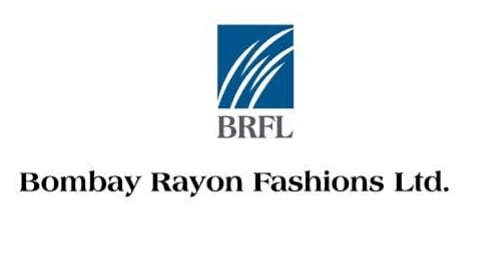
Bombay Rayon Fashion Limited is India’s most renowned vertically integrated textile firm. He has a wide presence in Design, Yarn Dyeing, Weaving, Fabric Processing, Garment Manufacturing and Retail Value Chain. The firm produces a wide range of fabrics and fabrics.
The company has 13 manufacturing sites, one of which is in Mumbai which serves as a sampling facility. They can be found in Bangalore, Karnataka, Navi Mumbai, Thane, Maharashtra, Silvassa, Dadra and Nagar Haveli, Silvassa, Dadra and Nagar Haveli.
Mudra Fabrics Private Limited was incorporated on 21 May 1992 as Bombay Rayon Fashion Limited. The corporation was converted into a public limited company on 13 October 1992. The company’s name was changed to Bombay Rayon Fashion Limited on 30 September 2004.
10. Karnataka Silk Industries Corporation Ltd.
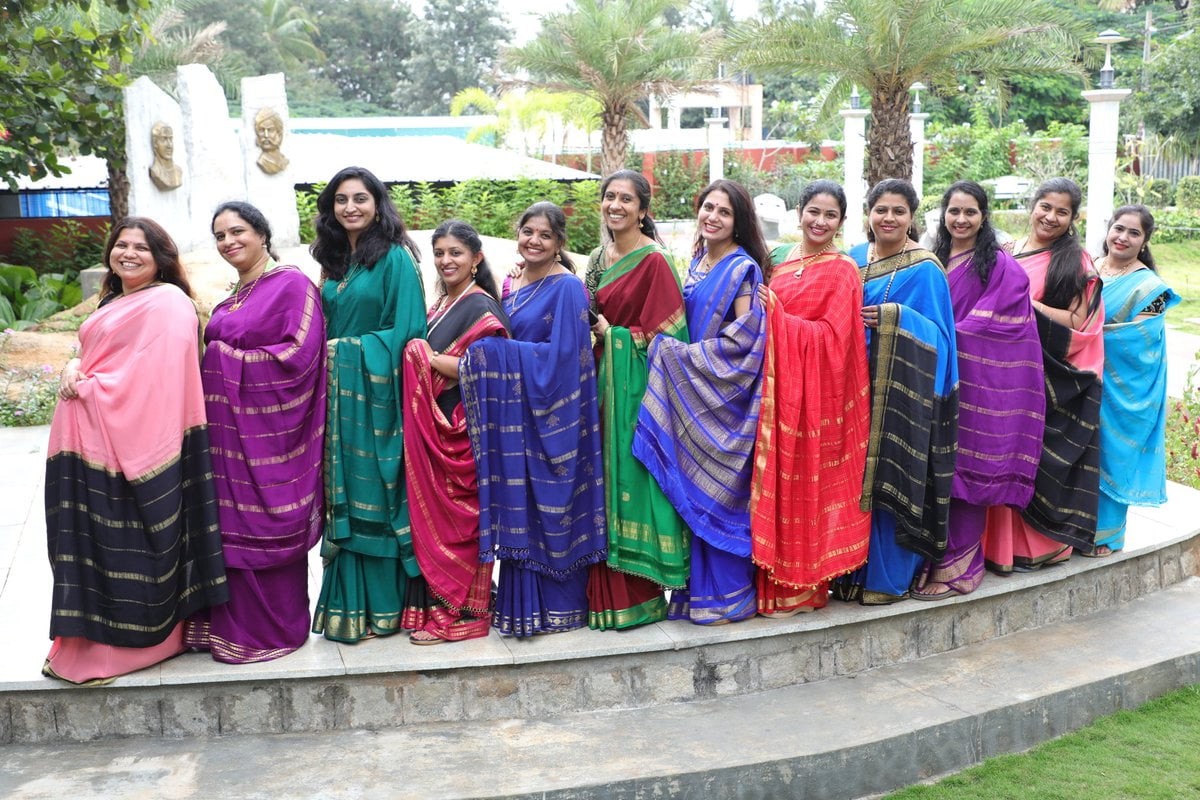
According to Karnataka Sericulture Corporation Limited, Mysore is noted for its rich cultural heritage. It produces silk of exceptional quality. It was created to promote silk as a cultural heritage. It has been producing high quality silk for many years and distributes it all over India.
It produces high quality silk which is appreciated all over India. Silk Dhoti, Mens Tie, Salwar Kameez, Silk Sarees, Kurtas, and more items are some of the offerings of the company.
BOTTOM LINE –
The textile and garment industry is one of the largest industries in India. It is also the main source of foreign exchange income in the country.
In the textile sector, dyes, textile fibres, machinery and products are designed and controlled. The demand for fashionable clothing requires a lot of research, creativity and innovation in this industry.
With a huge amount of raw material, a variety of designs, a huge and skilled workforce and government subsidiaries, this textile industry is in a strong position and can propel India to great heights in the days to come.
All these big textile players of India export their goods and clothes all over the world, due to which the apparel industry of India has a very different identity all over the world.



